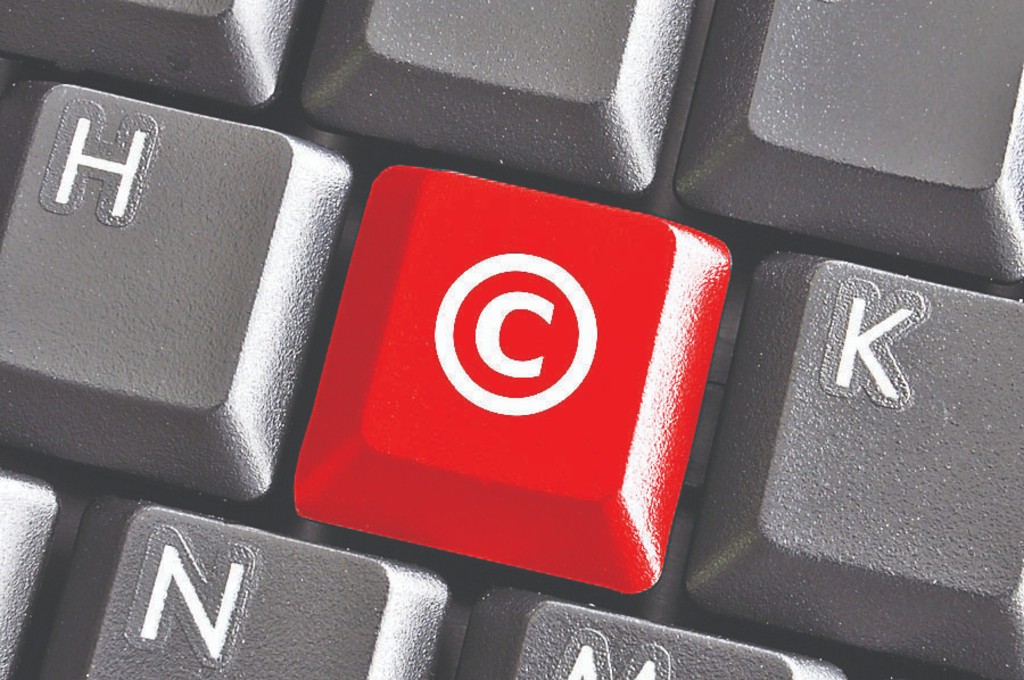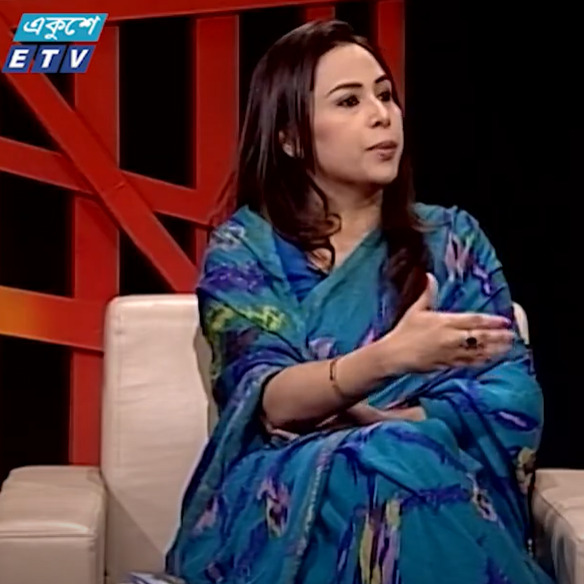It is high time that we understood the value of intellectual property (Evaluation of Intellectual Property)
Over the years, the movement towards a global service economy has altered the conventional concept of the value of business assets. In this new era comprising businesses focusing on providing technology-oriented services, the physical assets are no longer considered the only significant part of the assets of a business.
Intellectual Property (IP), being an intangible asset, is very essential for an organization’s reputation. Being a distinctive creation of an organization, it is generally one of the most crucial mechanisms of identifying its value, thereby allowing the concerned business to be differentiated from its competitors.
Businesses nowadays invest heavily in creating its IP and there are high risks that such investments may not succeed as planned, unless carefully steered. It all comes down to the efficiency of businesses in assessing the potential for profit arising from the sale or licensing of its products and/or services.
Unless the value of a business’s intellectual property is accurately assessed, there are high risks that the company’s financial records would only provide the figures of investment and tangible assets, thereby leading the company to be undervalued. Moreover, the valuation of the IP assets of a business is pivotal in determining the price of sales, licensing or assignment of its IP assets, in cases of mergers and acquisitions (M&As), or for any other kinds of commercial arrangement.
It is further important for enforcing IP rights, internal management of IP assets, etc. Hence, it is not only important to understand the value of IPs but also to ensure that such valuations are done correctly in order to achieve the most accurate figures.
From 1995 to 2015, the share of intangible asset market value, covering patent, copyright, trademark, trade name, goodwill, franchises, as well as software increased from 68% to 84% in the United States of America.
Moreover, in the US, even during Covid-19, intangible assets now command over 90% of the S&P 500 market value. As such, intangible assets are now much more valuable than tangible assets. It is high time that the business houses in Bangladesh also understand the high value of IPs and ensure proper protections for their valuable assets in the most strategic manner.
Over the years, it has been observed that where a business has established its brands and strengthened its IP assets, it has always been valued more than its actual physical assets. Isn’t it surprising to know that even for production units, the value of brands and other IPs may be much higher than the value of factories, lands, machinery, etc?
As stated above, valuation of IP assets is crucial for M&As as well. The famous example of Japan Tobacco Inc taking over the tobacco business of Akij Group, the single largest foreign direct investment in Bangladesh, shows that out of the value of the entire acquisition (ie US$1.47 billion), consideration for acquisition of trademarks and design rights reportedly amounted to US$386 million.
For the valuation of IP assets, it is crucial that the following conditions are met: (i) The asset must be separately identifiable; (ii) the asset should have a tangible evidence of its existence (eg agreement, license, document of registration, any record of financial statement); (iii) the asset should be capable of being enforced or transferred legally; (iv) the stream of income coming from the asset must be clearly identifiable from income from other business assets; (v) it must be able to be sold separately from other assets of the business; and (vi) it should be subject to termination or destruction at the concerned moment in time.
The primary methodologies for IP valuation are as follows:
(i) Income method: Being a widely common method, this values the IP assets on the basis of the sum of income that it is anticipated to generate. This method is fairly simple and straightforward as it evaluates future income streams, the duration of income streams, and the risks associated thereto that can be used to get discount rates related with income stream generation.
(ii) Market method: This method is based on comparing the actual price paid for transfer of rights to an identical IP asset under analogous circumstances. This method is also simple, being based on market information, and frequently used for obtaining approximate values for use of the IP asset in calculating rates of royalty, tax, etc.
(iii) Cost method: This method calculates the cost of an identical or exact IP asset and is useful when the asset can be produced easily and its economic benefits cannot be precisely ascertained. It should be noted that this method does not take into account the wasted costs or consider any novel or distinctive attribute of the asset.
It is evident that a robust stance of IP and a strong IP strategy certainly leads to more opportunities for businesses, with the anticipation of attainable financing, scalability, novelty, and growth, including maintaining a distinctive, valuable, and protectable brand. Therefore, it is equally imperative that such valuations be conducted meticulously and under expert supervision.
Omar H Khan is a Barrister-at-Law and an Advocate of the Supreme Court of Bangladesh. He is the head of chambers of a renowned IP law firm, namely, Legal Counsel. omar@legalcounselbd.com.














